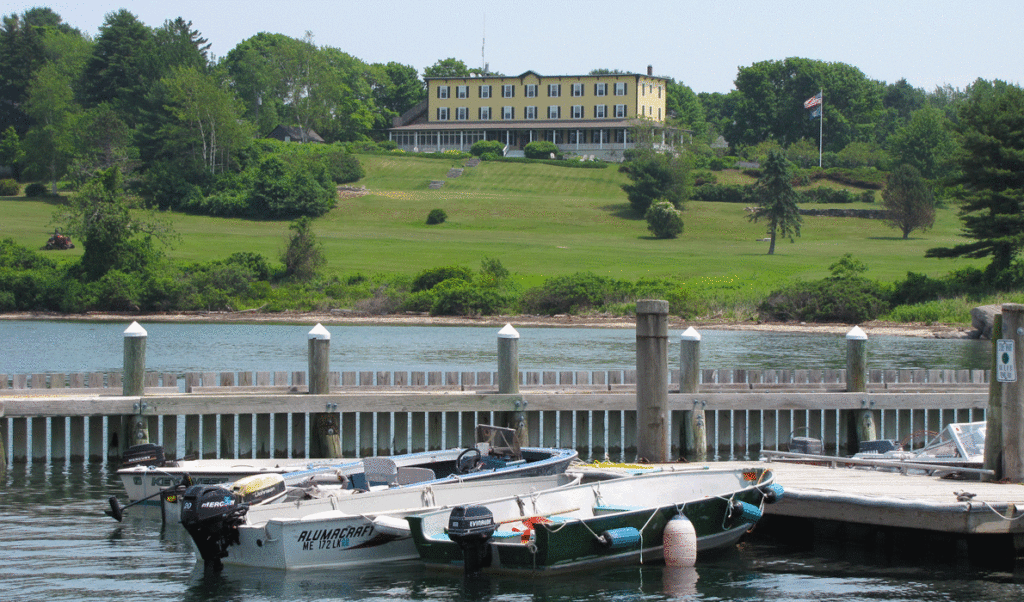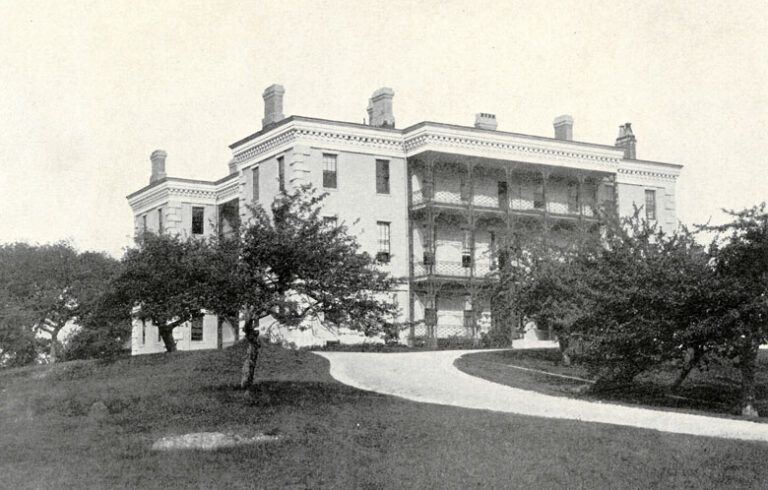Island communities survive when they work together. I experienced this alongside leaders on Long Island in Casco Bay and in dialogue with the former president of Kiribati.
Spend time on Long Island and you will have the sense that anything is possible. In June, the Island Institute held its board meeting on the island and learned from residents about the community improvements efforts underway.
The island seceded from the city of Portland 25 years ago because residents wanted to preserve their way of life and believed the city would not have their best interests at heart over time. Since then, Long Island has built a library and community center and managed to reduce taxes while meeting community needs, and it continues to attract and retain great families.
Long Island also is working with nearby islands. Its school now accepts children from Great Diamond Island, and it’s working with Cliff and Chebeague islands on a strategy to get broadband-speed internet. Leaders also are working across Casco Bay to review areas closed to shellfish harvesting so they can begin to farm kelp and shellfish there. The wellness center on Long Island is working with the eldercare facility on Chebeague to help residents age in place.
This work underscores the fact that community sustainability requires effort within the community and in conjunction with nearby communities sharing common challenges and goals. But what do you do if there is no nearby community?
I had the opportunity to sit with Anote Tong, who was president of Kiribati (pronounced Keer-i-bas) from 2003-2016. Kiribati is an atoll nation of 100,000 people whose primary income comes from mining nickel, and whose residents otherwise live off the sea and other subsistence practices.
President Tong was in Maine to speak at the College of the Atlantic commencement ceremony. He spoke of the climate challenge he faces—of the need to plan to relocate his island nation within 50-100 years due to sea level rise. (It reminded me of David Conover’s 2010 Island Journal story, “Are Islands Expendable?”)
Tong told a story of two neighbors, one who cut down a coconut tree that fell on his neighbor’s home. The neighbor who cut the tree walks over to the neighbor whose home he damaged and asks, “What are you going to do about it?”
The story was a precursor to explaining how difficult it was to convey the tragedy his people face from climate change while negotiating with the United States during the drafting of the Paris Accord. Secretary of State John Kerry sat with Tong and asked what Kiribati would do about climate change, even though the U.S. had “cut down the tree” threatening the island nation’s existence. The Kiribas people must answer the question: Where will our grandchildren live?
Tong’s ability to reframe this tragedy as a story of hope was remarkable. Recognizing that his people would have to leave their homes one day, he spoke of creating plans to migrate with dignity. For Tong, this means finding a few places in the world that will receive the Kiribas people and allow them to retain some elements of their culture. He spoke of planning for three generations to stay together through this process to preserve the stories of the island, so they would live beyond the place.
He reframed the loss of land as gaining ocean. It was startling to think about how this diaspora of people still might benefit from a large area of ocean and its resources. For example, 30 percent of the world’s tuna are harvested from the waters of this island nation.
Island communities will survive because they rely on their neighbors. In Maine, island communities are connecting with those around them to bring practical solutions to real world problems. In Kiribati, survival depends on neighbors near and far who can rescue the Kiribas people.
Rob Snyder is president of the Island Institute, publisher of The Working Waterfront. Follow Rob on Twitter @ProOutsider.





